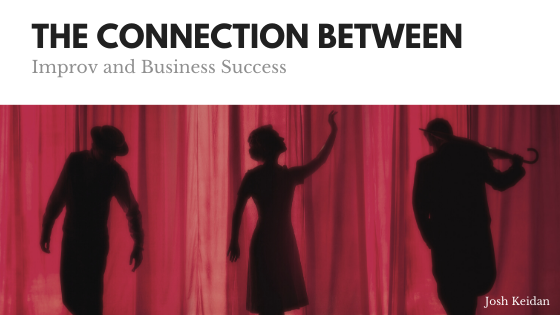Improv, short for improvisation, is an acting technique that has been around the creative arts world for years and years. Those who studied or have experience in acting or theater are naturals when it comes to improvisation. The fundamentals of improv acting are quite literal to what the name alludes. Performers are given situations and scenarios with no preparation or prior knowledge. From there, they must roll with the information and build on top of that.
Interestingly enough, many businesses turn to improv as a training technique in adaptability for their employees. Successful improv requires intent listening, quick thinking, and problem-solving. These are fundamental skills required in most corporate scenarios. Practicing the improvisation of these scenarios can lead a business to success.
Fostering Collaboration
Entrepreneurship aside, businesses find the most success in teamwork and collaboration. When employees work together and bring their unique skills and perspectives to the table, problems are solved much faster and more efficiently. In improvisation, often times the show is cast with more than one performer who bounces off one another, building the plot from the information given by others. Success in any business will come from team collaboration and employees who work well together.
Creative Thinking
Improv performances require creative and fast thinking for the show to continue. In business, creative thinking can lead you to new ideas or solutions that otherwise had not been discovered. By utilizing improv training with employees, you are enabling them to think creatively, quickly, and calmly. Light-hearted improv is also a great way to set a less stressful mood within the office.
Decision Making
During Improv acting, you may be given a scenario but very little detail otherwise. A performer must then quickly make a decision and stick with it. At work, some situations render employees stressed, which can then lead to overthinking or underperforming. Improvisation trains employees to quickly analyze a situation, make a snap decision, and stick with that decision to a resolution.
Changing Perspective
When given a scenario in an improv performance, an actor is required to change their perspective to fit the character in the scene. The best decisions in business are made when different perspectives are considered. By training employees to naturally change their perspective to fit the scenario, they learn to effectively communicate with those around them. This can also open new possibilities or solutions that otherwise would not have been thought of.

